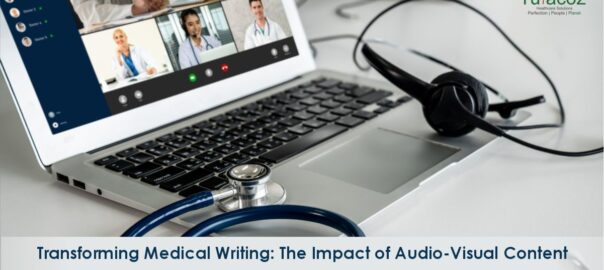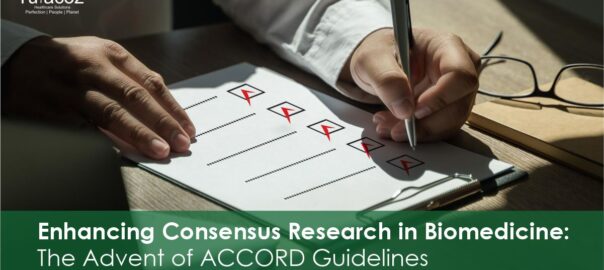Healthcare research (Medical Research) and development is dynamic and staying abreast with the latest scientific discoveries is imperative to remain relevant in the field. At Turacoz Healthcare Solutions, we understand the critical importance of efficient literature searches in underpinning high-quality medical writing services. The traditional approach to literature review can be time-consuming, often like searching for a needle in a haystack. This is where Artificial Intelligence (AI) steps in, transforming the search process into a more efficient, accurate, and insightful endeavour.
While there is skepticism about the thoroughness of AI tools for literature review, its efficiency in reducing the hours invested in the task is undeniable. As scholarly publications embrace AI, fine-tuning to ease out the initial hiccups will be crucial to ensure research and medical writing are not compromised. One of the steps to achieve this is to iron out any biases in the AI tools for literature search.
Traditional Hurdles
Traditionally, researchers and medical writers have faced significant challenges in sifting through scientific literature. The sheer volume of data, coupled with the need for precision and relevancy, makes the literature search time-consuming and often daunting. The quest for relevant studies, latest findings, and historical research data can significantly slow down the progress of scientific writing and publication.
Read More:- Transforming Medical Writing: The Impact of Audio-Visual Content
The AI Advantage
Artificial intelligence, with its advanced algorithms and machine learning capabilities, is redefining the approach to literature searches in scientific writing. By automating the sifting through of countless articles, studies, and databases, AI tools significantly reduce the time it takes for researchers and medical writers to find relevant information. AI tools accelerate the search process helping access the desired information with exceptional turnaround time. However, medical writers need to be vigilant to ensure the accuracy and relevance of the results obtained.
Here’s how AI is making a difference:
- Speed and Efficiency: AI-powered tools can parse through millions of documents in seconds, identifying relevant literature at speeds no human could match. This rapidity significantly cuts down the time required for comprehensive literature reviews.
- Precision and Relevance: Through advanced understanding of context and semantics, AI enhances the accuracy of search results, delivering highly relevant literature that matches the specific needs of medical writers and researchers.
- Trend Identification: AI algorithms excel at detecting patterns, trends, and emerging topics within vast data sets, providing medical writers with invaluable insights that can shape the direction and focus of their work.
- Customized Search Experience: AI tools learn from interactions, refining and personalizing search results based on user behaviour and preferences. Thereby, ensuring that medical writers receive the most applicable information for their projects.
Navigating Challenges
Despite its numerous benefits, the integration of AI in literature searches is not without its challenges. Data privacy, the need for high-quality input data, and potential algorithmic biases are considerations that need careful navigation. The crucial role of human oversight in AI-assisted processes guarantees the accuracy and pertinence of our endeavours.
At Turacoz Healthcare Solutions, we are at the forefront of integrating AI into our medical writing services. Our commitment to leveraging the latest technology ensures that our team of medical writers can produce high-quality, evidence-based content efficiently and effectively. By harnessing AI, we not only enhance our research capabilities but also ensure that the medical communications we deliver are grounded in the most current and relevant scientific evidence.
Connect With Us
Are you looking to elevate your medical research, publication, or communication projects with the power of AI?
Discover how we can assist you in leveraging AI for more effective and efficient medical writing services. Reach out to us at [email protected] to learn more about our services and how we can help you achieve your scientific communication goals.







